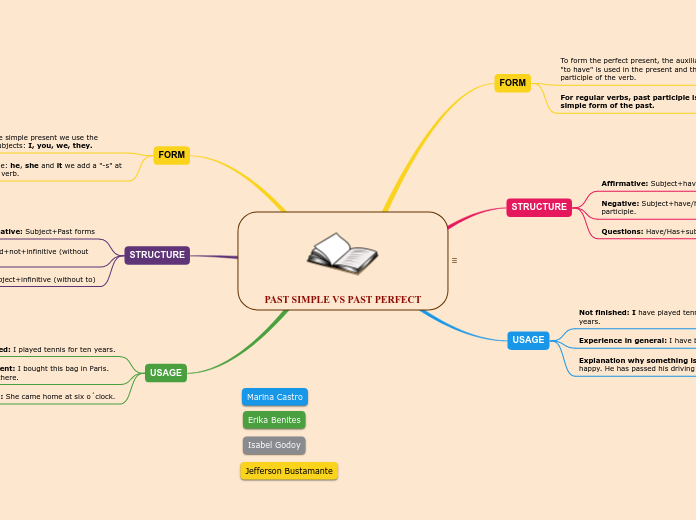Data
Types of Questions
Tips
ask easier quetsions first
Start with general and then go more indepth
Intensity
give a neutral
I have no judgement
I don't know
7 point scale
Comment Boxes
Humanize the data
gets at the why?
qualitative
Open-ended
construct categories for each possible answer in advance
infinite number of possible answers
respondents write the answer out in their own words
divise a method for categorizing
Closed
lists possible answers
determine feelings/opinions
background questions
demographics
Non-random Sample
Judgement/Puposive Sampling
ask expert to define members
Systematic
once started-selection is nonrandom
where K is equal to the population size divided by the required sample size
choose the kth member in the pop.
primarily for ease and speed of identifying participants
nonrandom
produce larger sampling errors
every nth person is chosen
random Sample
Stratified Random Sampling
superior to a simple random
less variation
divided into smaller homo groups before sample
homogeneous groups within heterogeneous population
combination of independent samples
2 conditions
the selection of any member must have no influence on any other selection
each person in population has a chance to be chosen
contains least amount of sampling error
it is an unbiased sample
Data Analysis
response rate
Subtopic
sent out divided by # sent back
Ratio Analysis is the 4th Indexes???
Nominal Data
age groups, male/female (no way to find out mean of group
Ordinal data
Satifisfaction data
descriptive - report frequencies (or %
Interval Data
Surveys
Contents of a Survey
Follow-up with non-responders
Questions (survey)
Instructions
What to do if you don't know an answer
don't skip question
Cover Letter
Confidentiality of results
Who is sponsoring the survey
IRB
How it will be important to the person
Purpose - why to complete
means error
Sample Survey
disadvantages
lack of representatives
insufficient sample size
risk
unbiased sampling techniques
smallest group hsould have is 30 in a survey
get as large a population as possible
inferential statistics
representative part of a whole group
what type of scale
truer average for a 10 point scale then a 4 point scale
Definition:
The proper data will be processed correctly and efficiently to produce the information required to shed light on and provide a solution to the original problem.
4-100 point
Feelings/Perceptions
As big a scale as possible
Clearly define the problem
Decide what statistics are needed
type of questions needed









